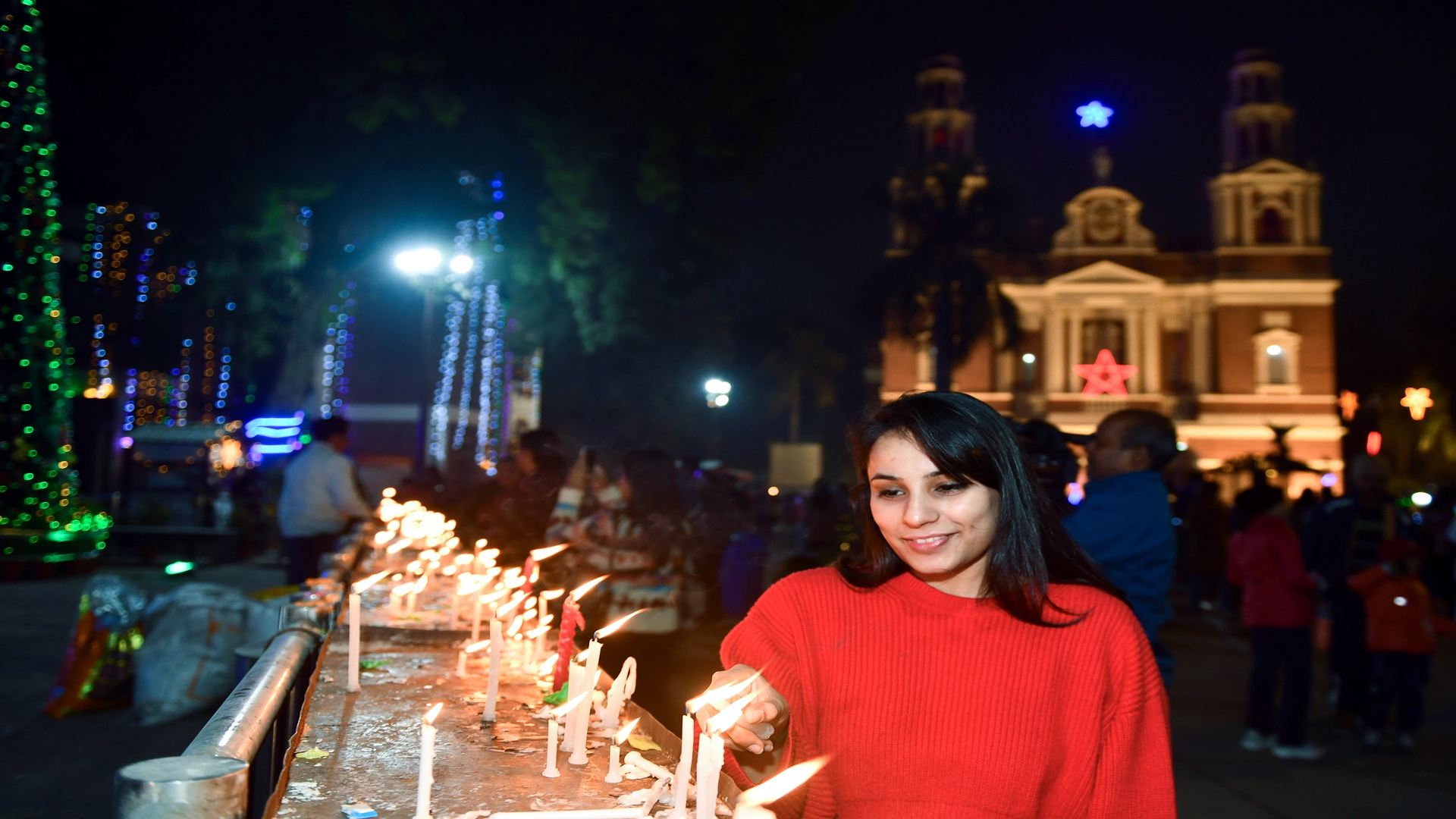Rani Gaindinliu, a beacon of resistance, commenced her journey as a revolutionary at a young age, emerging as a pivotal figure in the fight against British rule. Born in 1915 in the Trouser sub-division of Tamenglong District, Manipur, she belonged to the Rongmei Tribe within the Zeliangrong Tribes. Her dedication to the cause began in 1927 when she aligned with her cousin Haipou Jadonang in the Heraka Movement, aimed at revitalizing the Naga Tribal religion and advocating for self-rule.
At 13, Gaindinliu joined Jadonang in his movement, seeking to reform traditional religious practices to fortify the struggle against the British, who viewed Jadonang as a significant threat to their rule in Manipur. After Jadonang’s arrest and subsequent execution in 1931, Gaindinliu, his heir, courageously assumed leadership at just 17, leading guerilla forces against the British. She rallied the Zeliangrong people, urging non-cooperation and refusal to pay taxes, prompting repressive measures by the British.
Engaging in armed rebellion, Gaindinliu’s activities drew British attention, leading to a manhunt that forced her underground. After a clever ruse by the British, she and her followers were arrested in 1932 without resistance. Charged with murder and abetment, she faced a life sentence, leading to the decline of the movement and imprisonment in various jails until India’s independence in 1947.
Jawaharlal Nehru’s intervention facilitated her release, yet post-independence, she faced challenges. Gaindinliu settled in Tuensang and later her native Longkao, working for the betterment of the Zeliangrong people. However, conflicts arose, especially with Christian converts and supporters of the Naga National Council (NNC), as her Heraka revival movement clashed with Christian beliefs and opposed the NNC’s separatist advocacy.
Disagreeing with NNC insurgents and advocating for a Zeliangrong territory within the Indian Union, Gaindinliu waged an underground fight against the NNC, leading a private army to press for her demand. However, in 1966, she emerged to pursue peaceful means to serve her people under an agreement with the Indian government.
Post-1970s, the portrayal of Gaindinliu as a Hindu cult promoter exacerbated tensions between Heraka followers and Christian Nagas, despite her kin’s conversion to Christianity. Her memorial even faced protests. Nevertheless, the Heraka adherents continue to revere her staunchly, honoring her legacy and her religious stance.
Rani Gaindinliu’s unwavering fight for freedom against the British is an enduring testament to courage and resilience. Her story epitomizes the complexities of cultural and religious differences, inspiring bravery and the relentless pursuit of freedom for all. Her struggle, though not without controversy, remains a vital chapter in the broader narrative of resistance and independence.








